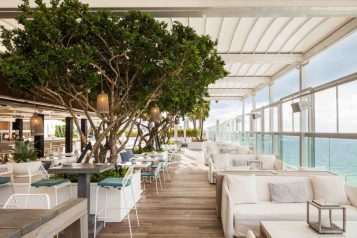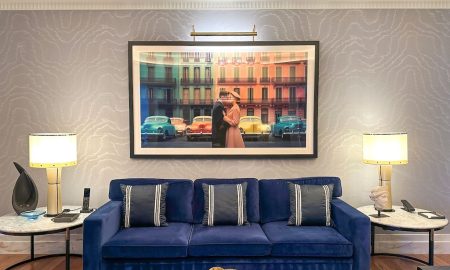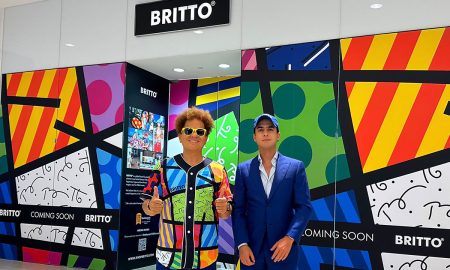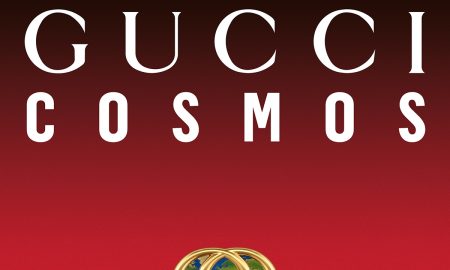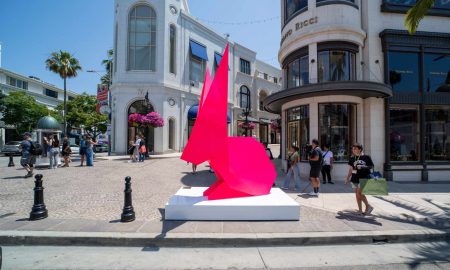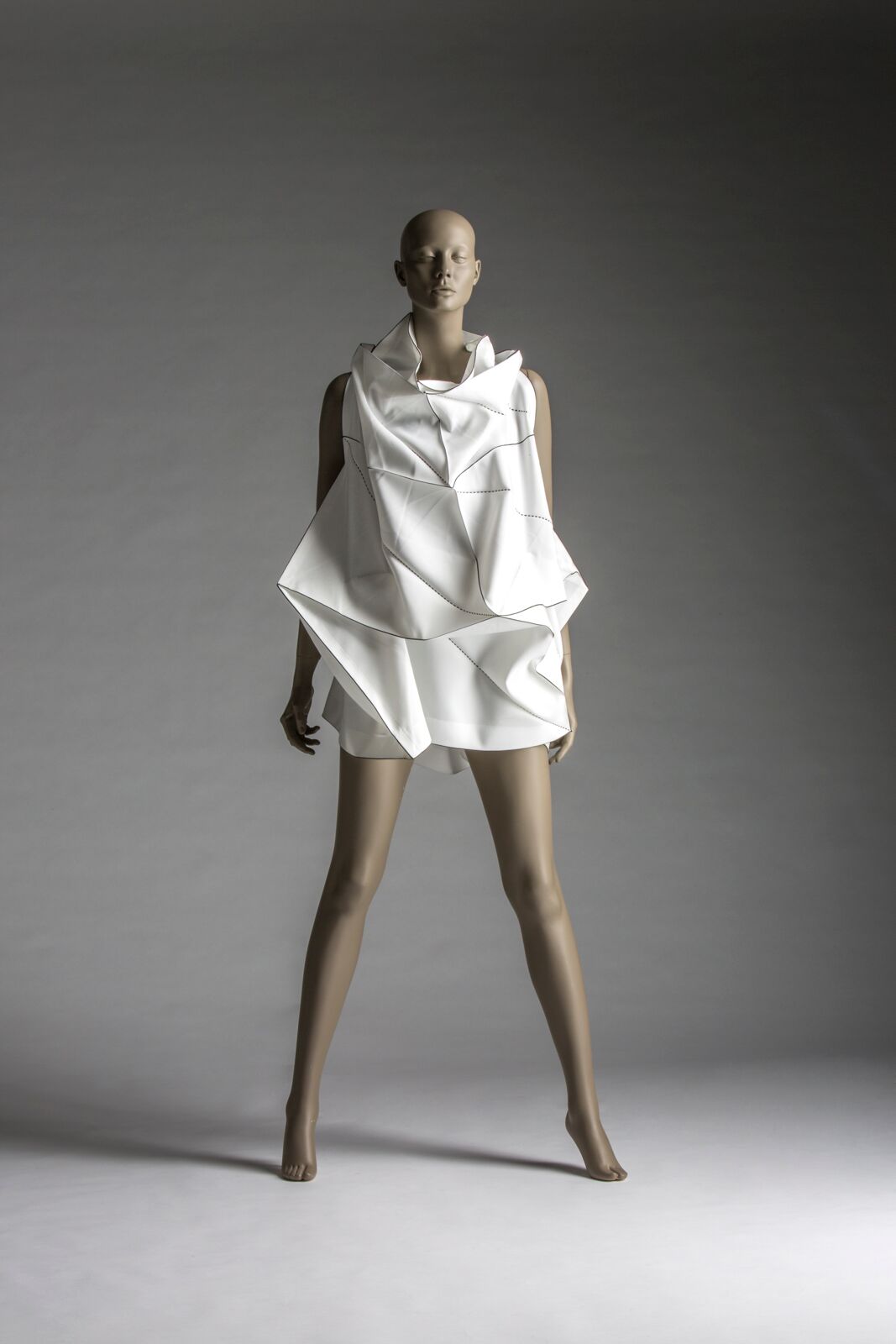
© The Kyoto Costume Institute, Photo By Takashi Hatakeyama And Masayuki Hayashi
With a $90 million 13,000-square foot addition underway, exciting changes are afoot at the Asian Art Museum. The museum announced the new pavilion exhibition space and art terrace in 2017 and broke ground on the development, designed by architect Kulapat Yantrasast, last September. Although it won’t be completed until the spring of 2020, the project is breathing new life into all aspects of the museum.

© The Kyoto Costume Institute, Photo By Takashi Hatakeyama And Masayuki Hayashi
Art lovers can look forward to a thrilling new experience that features digital technologies, updated galleries, and reimagined displays of the museum’s permanent collection galleries starting with the third floor this June and the second floor in November. All of these transformations will be celebrated at the museum’s annual gala on Thursday, March 7 at 6:30 p.m.

Photo Credit: Drew Altizer
In honor of the latest exhibit to open at the museum, Kimono Refashioned, the gala will highlight the collision of art and fashion. “This year’s theme of Art + Fashion underscores how the Asian Art Museum is a place where people can find inspiration from beautiful artworks in the collection, to special exhibitions like Kimono Refashioned,” the gala chair Michele Alioto tells Haute Living. “The gala is a great celebration that allows us to come together as a community to witness how art, design, craft, and tradition fuse together to benefit and inspire us all.”
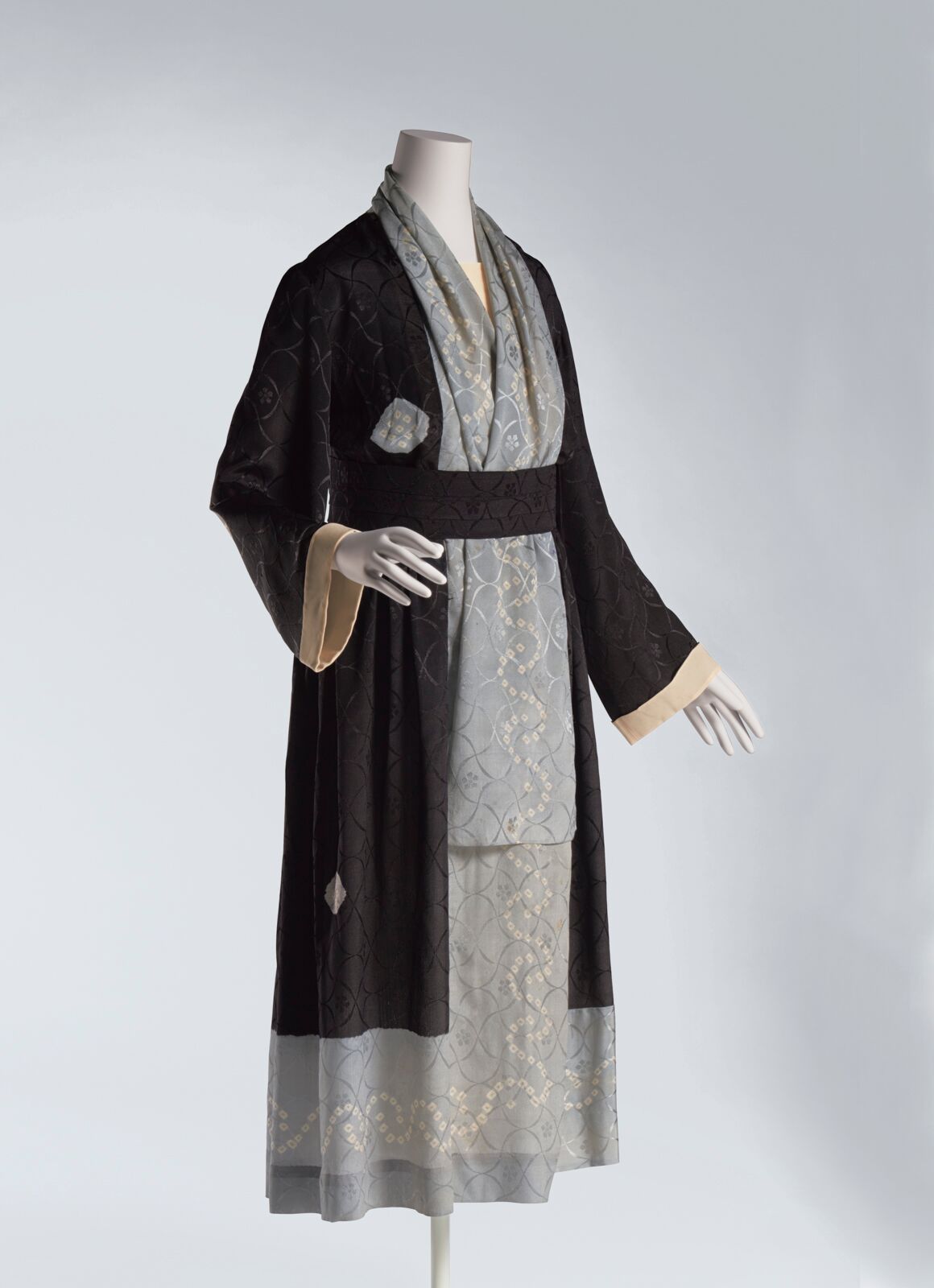
© The Kyoto Costume Institute, Photo By Takashi Hatakeyama And Masayuki Hayashi
Gala-goers will have the chance to view the kimono fashion exhibit during the event. “This show reaches across many years, from the late 19th century up to the present day,” Jay Xu, the director of the museum says. “It explores the key idea of the impact and the interests that the Japanese garment, the kimono, had on, and continues to have on, designers today—people who are bringing fashion into our lives.” Rather than merely display a variety of kimonos, the exhibit illustrates how the kimono has inspired designers throughout history. The show consists of over 40 pieces, including outfits, accessories, and artwork from a variety of fashion influencers like Paul Poiret, Coco Chanel, Issey Miyake, and Tom Ford.

© The Kyoto Costume Institute, Photo By Takashi Hatakeyama And Masayuki Hayashi
The Asian Art Museum worked with the Kyoto Costume Institute to realize the exhibit. Rie Nii, the curator at the institute, and Akiko Fukai, its director, were in contact with the Asian Art Museum’s Yuki Morishina and Karin Oen, associate curator of Japanese art and associate curator of contemporary art, respectively. “Fashion is that intersection between the contemporary and the culturally specific,” Xu says. “It’s an opportunity for the people to work together, and through their work find synergies of what fashion is all about.” The quartet arranged the show in chronological order with the first part focusing on the late 19th century through the 1920s while the second half features the 1950s throughout today.

© The Kyoto Costume Institute, Photo By Takashi Hatakeyama And Masayuki Hayashi
“We’re looking at garments that are made for haute couture, basically for the runway. We are looking at garments that are ready to wear, garments for women, garments for men. We’re looking at things for very casual situations as well as things for very, very formal special occasions,” Morishina explains. “I think that’s the beauty of this exhibition. The depth comes in with the real diversity with which these approaches to fashion can be channeled. This is the moment when you start to see how a design concept or principle can come to life in any number of ways. It’s a broad spectrum of interpretations.” The clothing ranges from traditionally classic to modern Japanese, and everything is timeless, universal, and chic.
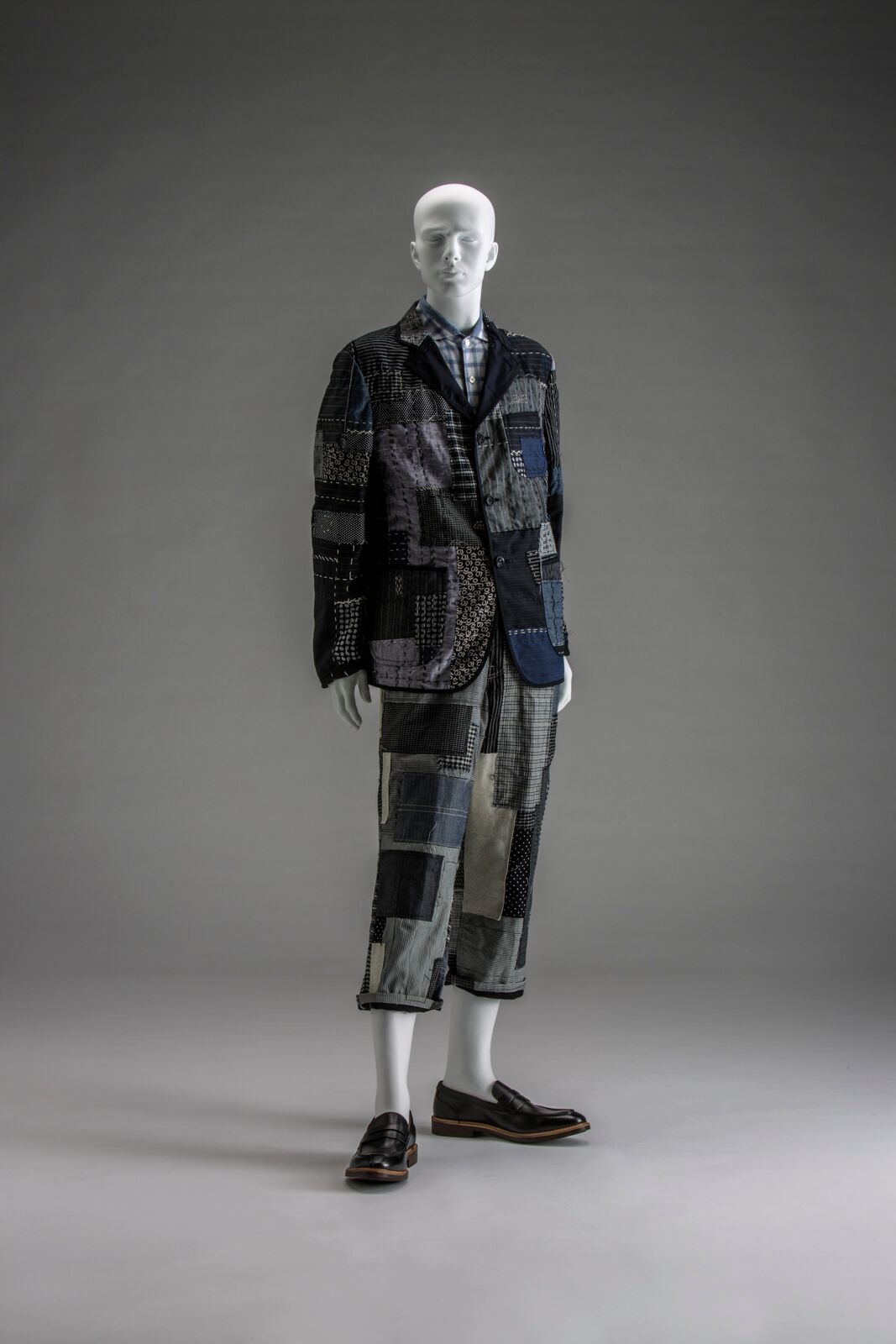
Photo Credit: © The Kyoto Costume Institute, Photo By Takashi Hatakeyama And Masayuki Hayashi
After viewing Kimono Refashioned, gala guests will move into a tent for a sit-down dinner and fashion presentation by Chuchu Style, before heading back to the museum for dancing and more drinks. Throughout the luxe evening, fashionistas will be able to view seven custom gowns explicitly created for the event. The Asian Art Museum tapped internationally renowned designers to create a one-of-a-kind dress inspired by artwork found in the museum’s permanent collection.

Photo Credit: Drew Altizer
Andrew Gn, Ashdeen, Blanc de Chine, Juun.J, Shiatzy Chen, Tolight, and Victor Tung each have designed a look that will debut at the gala. The garments will be auctioned online from March 7 through Sunday, March 10 at noon and proceeds will benefit the museum. The commissions prove that the Asian Art Museum continues to look toward the future by showcasing diverse new collaborations and inspired intersections, specifically between art and fashion.
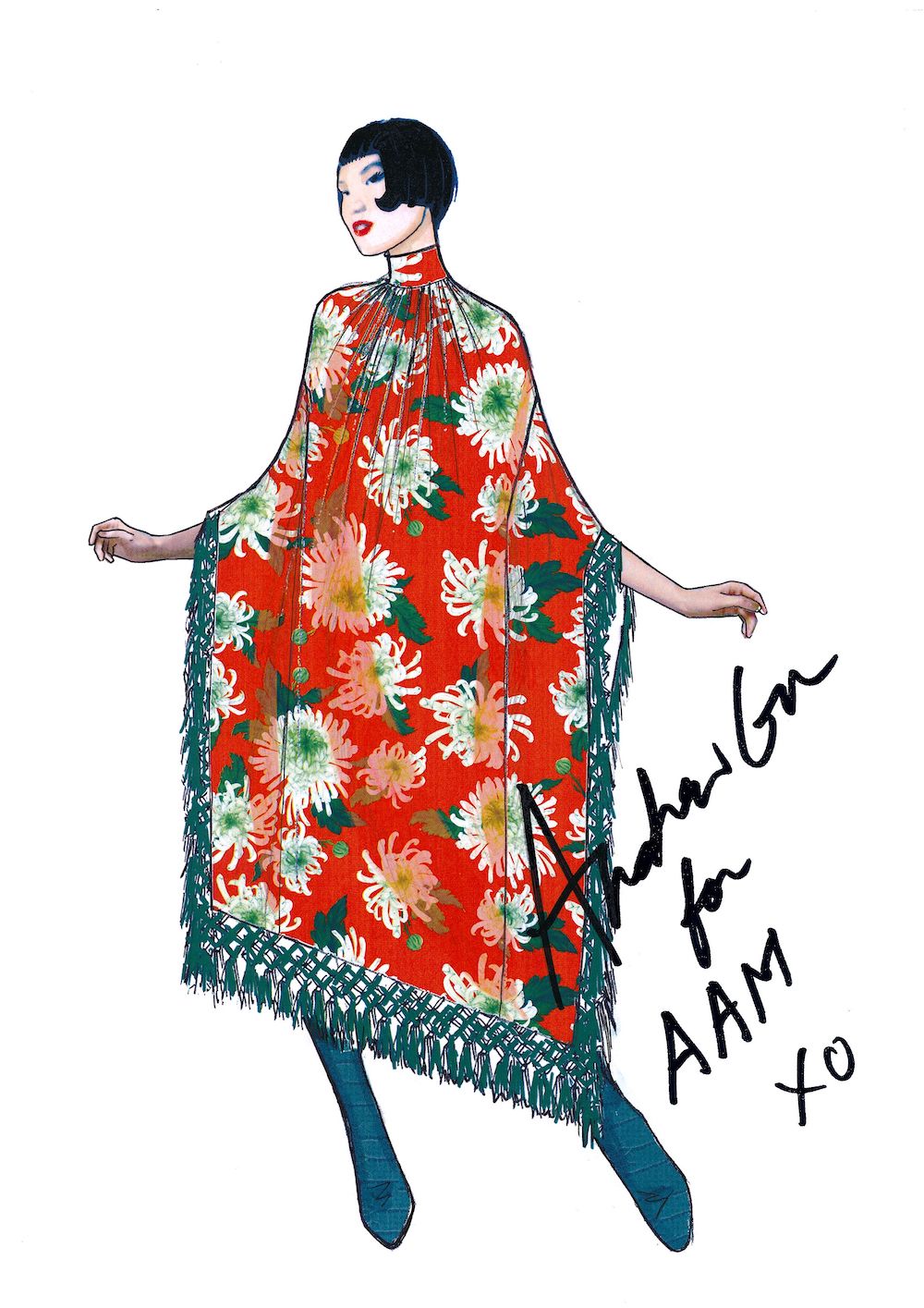
Photo Credit: Asian Art Museum
Haute Living chats with three of the designers to learn more about their art-inspired gowns.
Andrew Gn
On the Asian Art Museum: “The Asian Art Museum was the very first museum I visited when I first came to San Francisco some years ago. I was astounded by the diversity and richness of its collections. It is a great pride and joy to associate my work with such a prestigious institution.”
On how Asian art influences his designs: “Being born Asian and growing up as a passionate collector of Asian art, Eastern aesthetics are deeply rooted within me. They appear directly–or subconsciously—in almost every one of my collections.”
On his dress: “It is inspired by a Japanese cloisonné vase of the Meiji Period and a recent Chinese scroll painting. They share an extremely vibrant combination of colors as well as the delicate rendering of chrysanthemums, which caught my eye. The dress is in the form of a cape. Its two-dimensional cut is very Asian. We’ve translated the motifs into a hand-painted watercolor, which in turn is printed on silk satin. We’ve added the long, rich fringe to complete the Asian feeling.”
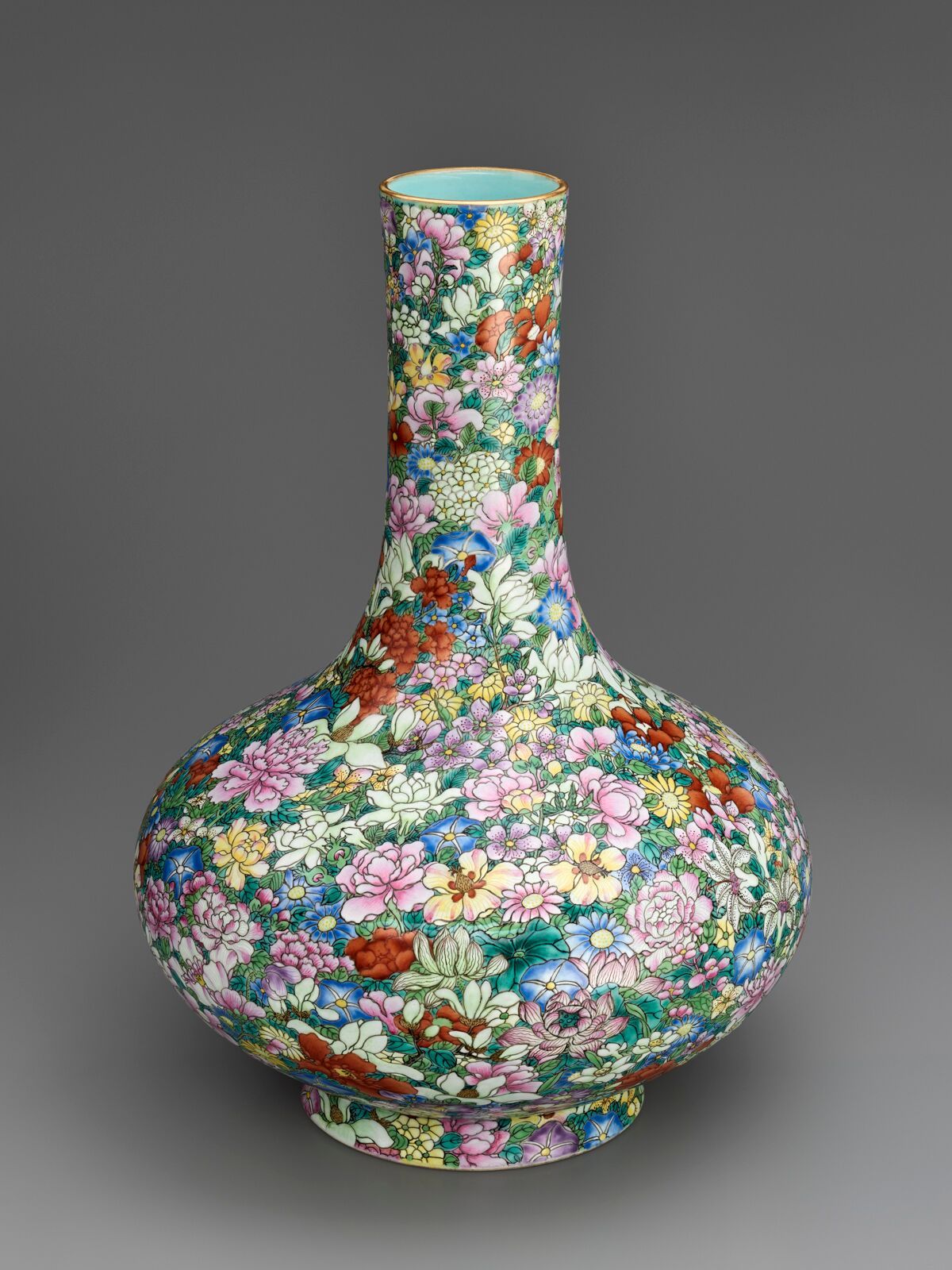
Photo Credit: Asian Art Museum
Ashdeen
On the Asian Art Museum: “I think it is terrific that the Asian Art Museum promotes Asian art, heritage, and culture by collaborating with designers from around the world. This platform recognizes and projects young brands to a global audience.”
On how Asian art influences his designs: “Our brand Ashdeen specializes in Parsi Gara embroidery, which is an artistic amalgamation of Chinese, Persian and Indian cultures. The craft was born due to the thriving trade between the Parsi community of India and China. The visual language is entirely Oriental and has evolved over the years. Each season, we interpret this fabulous heritage to create contemporary saris, garments, and fashion.”
On his dress: “We have designed a fully embroidered sari for the museum. The sari is inspired by a Qing Dynasty Porcelain Vase with a hundred flowers decoration. The dense floral pattern of the vase appealed a lot to my aesthetic. We love how so many colors and patterns have been infused so flawlessly in one elegant object. The inspiration had to be interpreted in hand-embroidery. Each flower and bird has been drawn in detail and then transferred onto fabric for embroidery. The process is extremely laborious and has taken over 2000 hours to complete.”

Photo Credit: Asian Art Museum
Shiatzy Chen
On the Asian Art Museum: “Founded in 1978, Shiatzy Chen is an international fashion house devoted to “Neo Chinese Chic” and luxury craftsmanship. Our brand DNA starts with Chinese culture and aesthetics. We have created a unique trend of mixing Chinese and Western style. We think the Asian Art Museum is a great resource for the abundant inspirations it provides. Their location along thePacific Rim also symbolizes the intersection of the East and West, which aligns perfectly with our design principles.”
On how Asian art influences their designs: “We have our interpretation of Chinese femininity, and draw design inspiration from Chinese art. However, we have transformed it into a contemporary style to keep up with fashion trends.”
On his dress: “We loved the curved, elegant line of the vase. The silhouette also resembles an ideal woman, an incarnation of beauty and grace. The design process for this unique dress has been very difficult since it’s entirely different from our usual practice. It requires a lot of imagination and a long process of deconstruction for the shape. We employed a massive amount of embroideries, too.”
“Kimono Refashioned” is on view at the Asian Art Museum until May 5, 2019.







